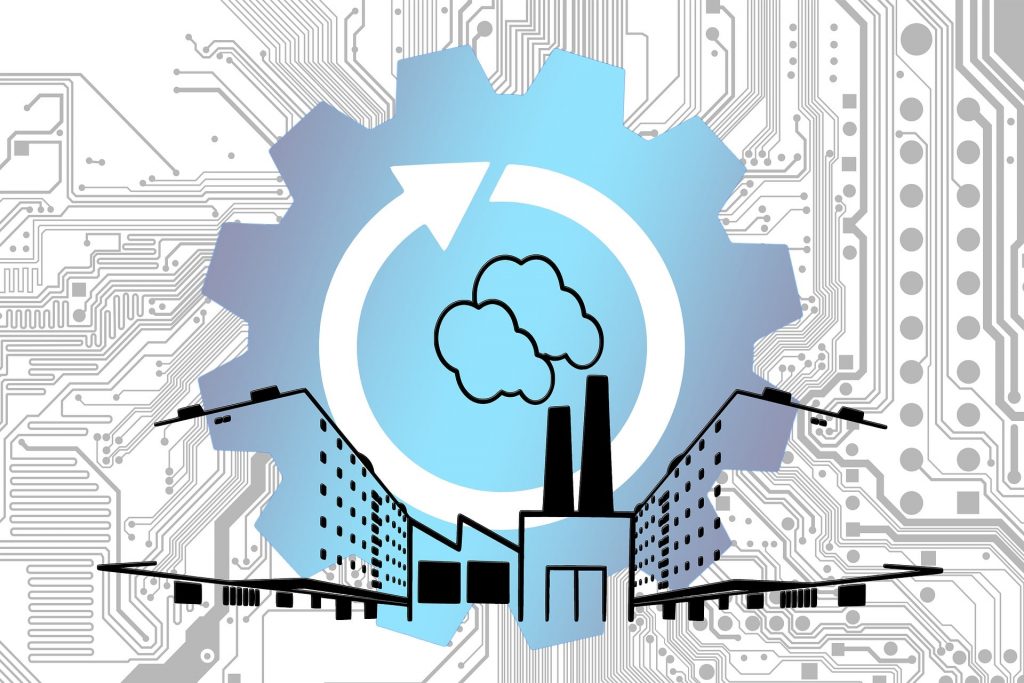Internet of Things (IoT) is a transformative trend making big splashes. With the booming ecosystem of 20 billion connected devices announcing its triumph and widespread adoption on the roll in major industries, it needs no introduction. The only question is what facet of it will manifest the most, and reshape modern products, workflows, and processes. Well, this year will not be the time of IoT revolution as much as it will be the year of infrastructure consolidation, increased investment, and steady growth. The driving force behind these developments comes in the form of following prominent trends.
● Poised for growth
On the broadest level, we see that the whole IoT sector is primed for dynamic growth. More and more devices are coming online with each passing day. By 2030, we could reach a threshold of 30 billion connected pieces. The consumer segment will have the largest share of IoT installed base. Moreover, a lion’s share of the market will be dominated by businesses offering wearable devices, industrial equipment, smart/automated home tech, and high-tech cars. Retail, supply, and healthcare sector are not lagging behind. In fact, they are expected to undergo a phase of rapid growth as well.
● Increased fragmentation

On the flipside, this proliferation breeds the so-called “fragmentation frustration”. Namely, growth in the area of as-a-service (aaS) and cloud solutions has shown that fragmentation poses a tough challenge for companies. Adoption is not really frictionless and it demands a considerable investment of resources. There are also many compatibility issues because we will have to wait a bit more for device standardization and certification to really kick in. Those who struggle will likely have to rely on leading Internet of Things agencies for everything from strategizing to custom tool implementation.
● IoT and OT convergence
Traditionally, IoT and Operational Technology (OT) were separate domains. Nowadays, however, the gap is becoming narrower. Many companies are realizing the advantage of IoT and OT teams working hand in hand towards more efficient deployment of new solutions and initiatives. What is more, OT will have a profound impact on the design of IoT apps in 2018. They will be more friendly and accessible to end users, such as field workers and plant operators. The advantage is clear: operational decisions can be reached in real-time, by those who are closest to the workflow.
● Heightened security risks
Data breaches galore raise many eyebrows and for good reasons too. Undermined cybersecurity is yet another byproduct of soaring IoT growth. As they become more complex, networks also include more loopholes that have to be addressed. And this is no task for amateurs. Attack surface is bigger than ever, cyber threats are becoming more sophisticated, and the environment is largely unregulated. It is up to users to come up with tools and measures for preserving privacy and data safety. Note also that most attacks will be motivated by financial gains and seek to exploit IoT vulnerabilities.
● Mobile gains dominance
The shift towards a mobile-first internet world is old news already, but are we heading towards the mobile-only frontier? This kind of prediction might be premature, but there are signs that mobile platforms are being increasingly used as management systems for IoT devices. Both early adopters and late-comers are transitioning and the booming mobile market will only fuel this tendency. On the other hand, IoT is likely to change the way mobile apps are made. These products will work via new modes of connectivity and lean towards the native and hybrid end of the market.
● Data processing remains a challenges

Staying on top of the immense influx of data across channels is a daunting task, which lies beyond the capacity of human workers. Companies will have to step up the game and use more refined and cheaper methods of processing big data. In this day and age, trends like edge networking and hardened legacy frameworks are a necessity more than anything else because they lead to less network demand and operating costs. And to really harness value from vast data pools, businesses will seek to employ advanced (AI) analytics and machine learning tools capable of real-time data streaming.
● Conclusion
Despite noticeable growing pains and a handful of hurdles, 2018 paves a promising trajectory for gains in connectivity. From there, we can see IoT only going up and up. It is slowly becoming the backbone of consumer value and mainstay of the business growth across industry sectors. Yet, the full potential of this technology is still being realized. We will need even more powerful analytics, machine learning, and AI systems to support rapidly expanding IoT space. One thing is for certain, though. We are witnessing the emergence of large inroads that will carry this cutting-edge technology to grow and evolve beyond imagination.
References:
https://www.forbes.com/sites/danielnewman/2017/12/19/the-top-8-iot-trends-for-2018/#514e3ff267f7
https://www.statista.com/topics/2637/internet-of-things/
http://www.digitalaptech.com/3-ways-iot-is-changing-the-future-of-mobile-applications-development/


